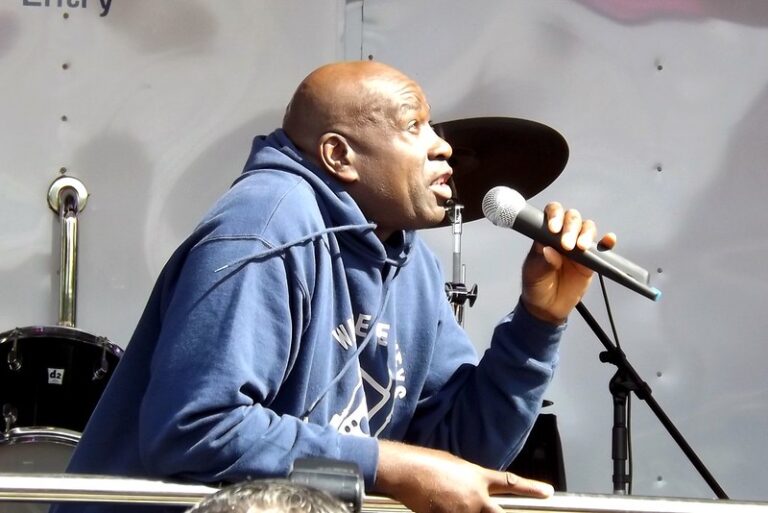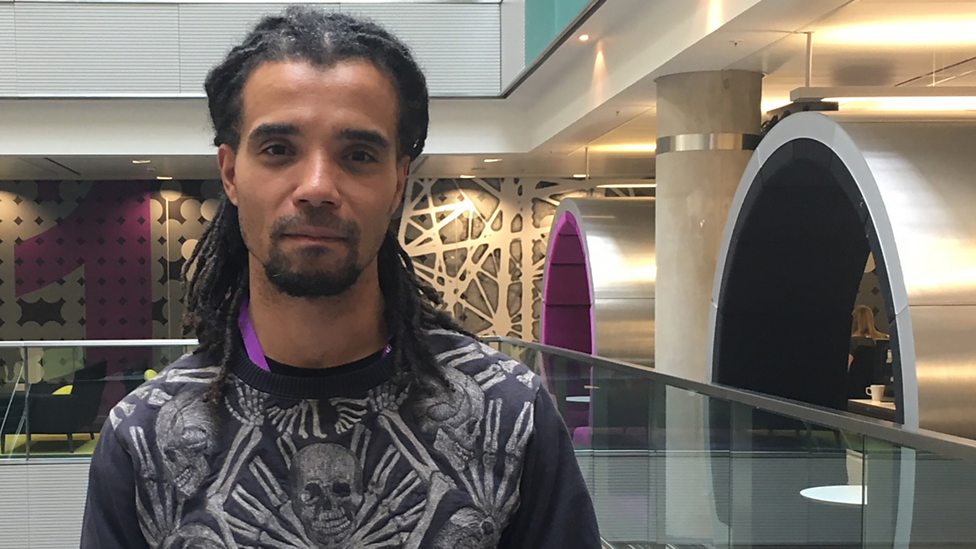


Instead, it is fairly obvious that high crime rates are related to poverty and the informal economy. This is never spoken about as white-on-white crime. In order to defend themselves against racist accusations that crime is ‘a black problem’, even proponents of race-centric views like Akala have to play the class card and point out that it used to be ‘white’ Glasgow which had the highest street murder rate. While this race-centric view is easier to maintain when pointing out that black males are disproportionately affected by police violence, it becomes difficult to uphold when speaking about the reasons why black kids are the majority victims and perpetrators of gang-related violence. In other words, it is primarily the racial marker that is the emphasis of continued disadvantage and negative stereotyping, rather than one’s class position in society. So, while he talks about class at various points throughout the book, and admits that there is much crossover between assumptions based on race and class indicators, there always seems to be an insistence that black boys come off worst in every situation.

I think in large part this lack of viable strategy or political proposals is the product of his analysis, that while broad-ranging and pertinent in many regards, is ultimately trapped in a framework of ‘black exceptionalism’ that focuses too much on the realm of culture and ideas as a driver of change, rather than material bases. One might suppose he includes some possible answers of what can be done about it, but this is decidedly lacking given his pessimistic conclusions. The main questions he tackles are: why and how racism, specifically against black people, has existed historically and how it operates today. He has formulated his thoughts into a concise and readable book on the topic, which has had mainstream crossover appeal. Akala has become the go-to, articulate, media-savvy commentator of race relations in the UK.


 0 kommentar(er)
0 kommentar(er)
